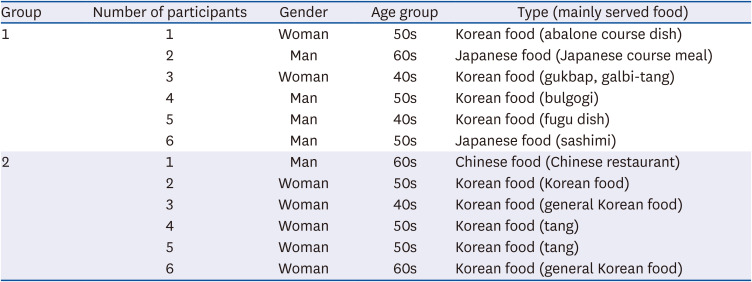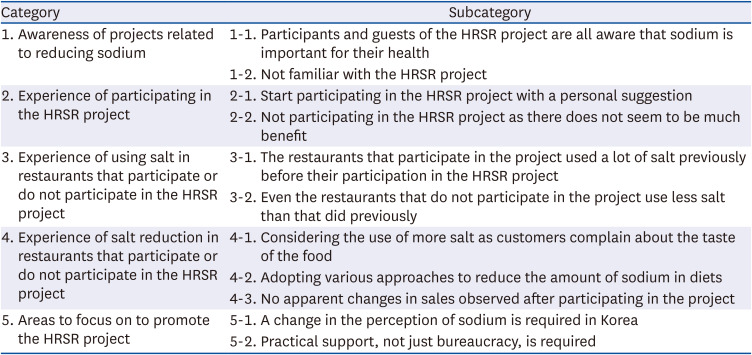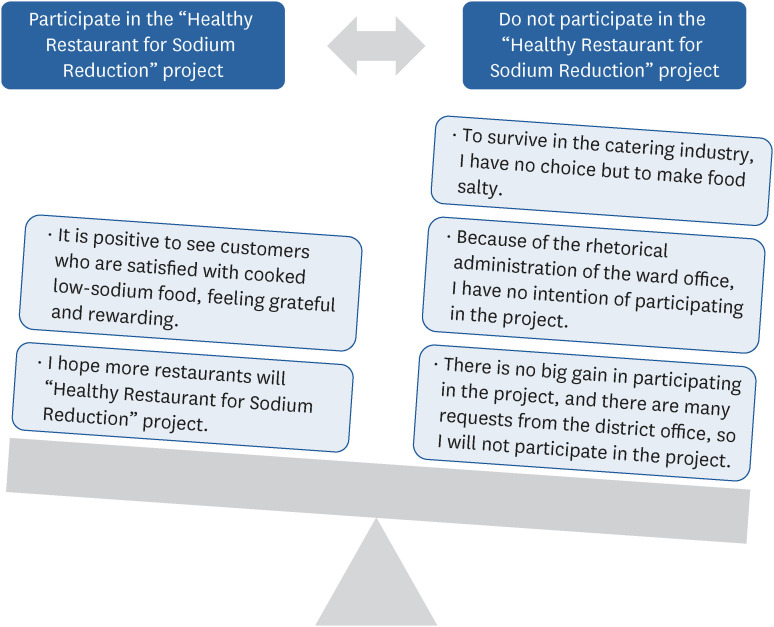1. Jaques DA, Wuerzner G, Ponte B. Sodium intake as a cardiovascular risk factor: a narrative review. Nutrients. 2021; 13:3177. PMID:
34579054.
2. Provenzano LF, Stark S, Steenkiste A, Piraino B, Sevick MA. Dietary sodium intake in type 2 diabetes. Clin Diabetes. 2014; 32:106–112. PMID:
26246681.
3. D’Elia L, Galletti F, Strazzullo P. Dietary salt intake and risk of gastric cancer. Cancer Treat Res. 2014; 159:83–95. PMID:
24114476.
4. Mohan D, Yap KH, Reidpath D, Soh YC, McGrattan A, Stephan BC, Robinson L, Chaiyakunapruk N, Siervo M. DePEC team. Link between dietary sodium intake, cognitive function, and dementia risk in middle-aged and older adults: a systematic review. J Alzheimers Dis. 2020; 76:1347–1373. PMID:
32675410.
5. Chen X, Du J, Wu X, Cao W, Sun S. Global burden attributable to high sodium intake from 1990 to 2019. Nutr Metab Cardiovasc Dis. 2021; 31:3314–3321. PMID:
34627699.
7. Powles J, Fahimi S, Micha R, Khatibzadeh S, Shi P, Ezzati M, Engell RE, Lim SS, Danaei G, Mozaffarian D, et al. Global, regional and national sodium intakes in 1990 and 2010: a systematic analysis of 24 h urinary sodium excretion and dietary surveys worldwide. BMJ Open. 2013; 3:e003733.
8. Santos JA, Tekle D, Rosewarne E, Flexner N, Cobb L, Al-Jawaldeh A, Kim WJ, Breda J, Whiting S, Campbell N, et al. A systematic review of salt reduction initiatives around the world: a midterm evaluation of progress towards the 2025 global non-communicable diseases salt reduction target. Adv Nutr. 2021; 12:1768–1780. PMID:
33693460.
9. Park HK, Lee Y, Kang BW, Kwon KI, Kim JW, Kwon OS, Cobb LK, Campbell NR, Blakeman DE, Kim CI. Progress on sodium reduction in South Korea. BMJ Glob Health. 2020; 5:e002028.
10. Ministry of Health and Welfare, Korea Disease Control and Prevention Agency. Korea Health Statistics 2019: Korea National Health and Nutrition Examination Survey (KNHANES VIII-1). Cheongju: Korea Disease Control and Prevention Agency;2020.
11. Kwon YS, Ju SY. Trends in nutrient intakes and consumption while eating-out among Korean adults based on Korea National Health and Nutrition Examination Survey (1998-2012) data. Nutr Res Pract. 2014; 8:670–678. PMID:
25489407.
12. Zhang X, Chen B, Jia P, Han J. Locked on salt? Excessive consumption of high-sodium foods during COVID-19 presents an underappreciated public health risk: a review. Environ Chem Lett. 2021; 19:3583–3595. PMID:
34093102.
13. Jiang L, Lee YK. Analysis of sodium content of representative Korean foods high in sodium from home meal, foodservice, and restaurants. J Nutr Health. 2017; 50:655–663.
16. Hong SM, Lee JH, Kim HK, Yu R, Seo JH, Huh EJ, Cho SS, Yang J. Study on sodium reduction: ‘Healthy Restaurant for Sodium Reduction’. J Korean Diet Assoc. 2014; 20:174–182.
17. Ma J, Lee S, Kim K, Lee YK. Sodium reduction in South Korean restaurants: a Daegu-based intervention project. Asia Pac J Clin Nutr. 2020; 29:404–413. PMID:
32674248.
19. Tong A, Sainsbury P, Craig J. Consolidated criteria for reporting qualitative research (COREQ): a 32-item checklist for interviews and focus groups. Int J Qual Health Care. 2007; 19:349–357. PMID:
17872937.
20. Hsieh HF, Shannon SE. Three approaches to qualitative content analysis. Qual Health Res. 2005; 15:1277–1288. PMID:
16204405.
21. Guba EG, Lincoln YS. Fourth Generation Evaluation. Newbury Park (CA): Sage;1989. p. 294.
22. Glanz K, Resnicow K, Seymour J, Hoy K, Stewart H, Lyons M, Goldberg J. How major restaurant chains plan their menus: the role of profit, demand, and health. Am J Prev Med. 2007; 32:383–388. PMID:
17478263.
23. Park S, Lee J. ‘When operating a cafeteria, sales come before nutrition’ - finding barriers and facilitators to serving reduced-sodium meals in worksite cafeterias. Public Health Nutr. 2016; 19:1506–1516. PMID:
26419495.
24. Ma GX, Shive SE, Zhang G, Aquilante J, Tan Y, Pharis M, Bettigole C, Lawman H, Wagner A, Zhu L, et al. Evaluation of a healthy Chinese take-out sodium-reduction initiative in Philadelphia low-income communities and neighborhoods. Public Health Rep. 2018; 133:472–480. PMID:
29846132.
25. Thomas RG, Ahuja JK, Daniel MG. Nationwide variation of sodium levels and portion sizes of Chinese restaurant menu items. Procedia Food Sci. 2015; 4:138–147.
26. Kwon S, Kim K, Lee YK. Comparison of the sodium and sugar reduction practices at samsam foodservices and general foodservices in Daegu. Korean J Community Nutr. 2021; 26:270–279.
27. Han B, Kim JY, Yang SB. An analysis on characteristics of high sodium intaker and affecting factors. Korean J Food Nutr. 2018; 31:395–399.






 PDF
PDF Citation
Citation Print
Print




 XML Download
XML Download